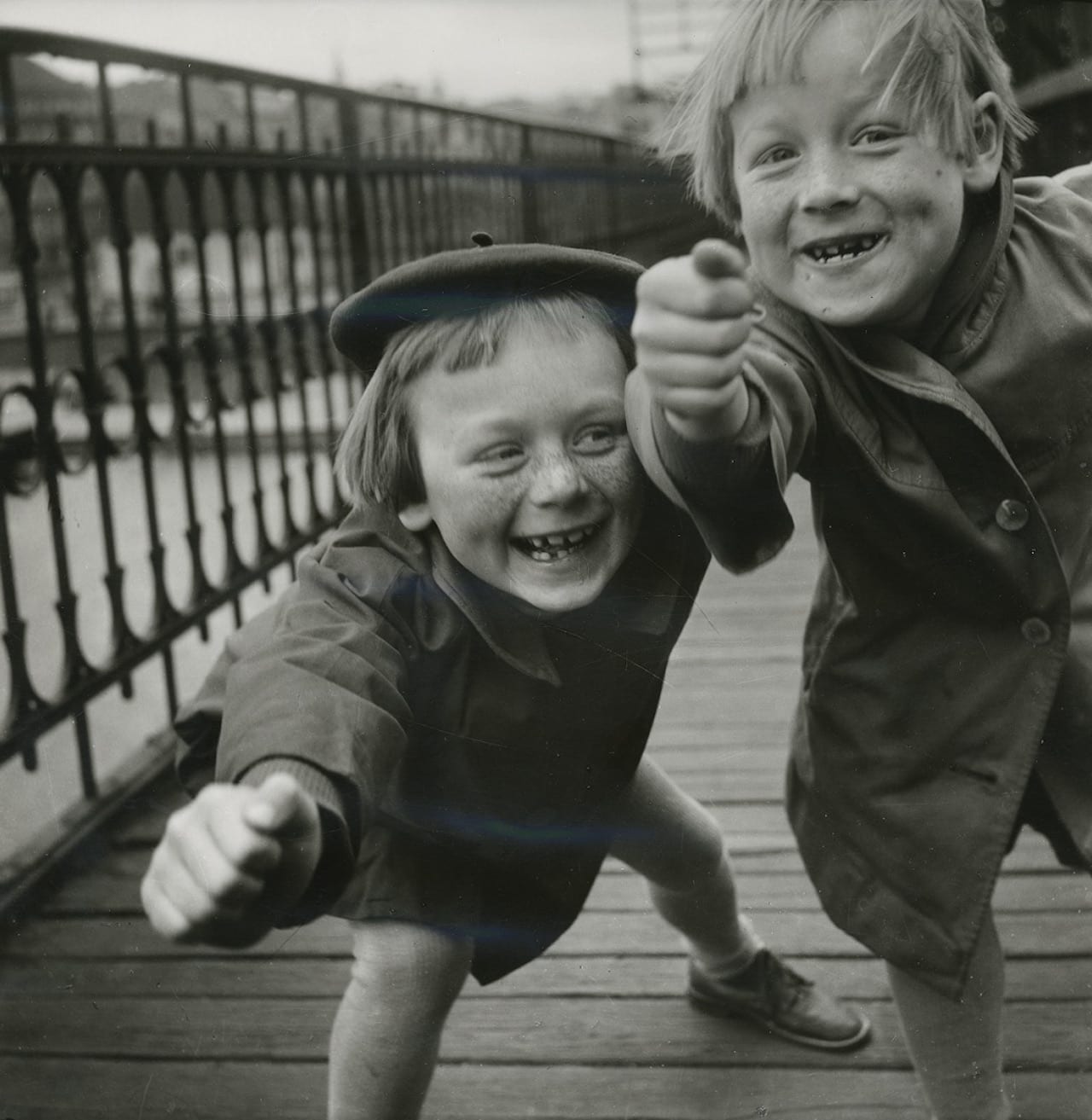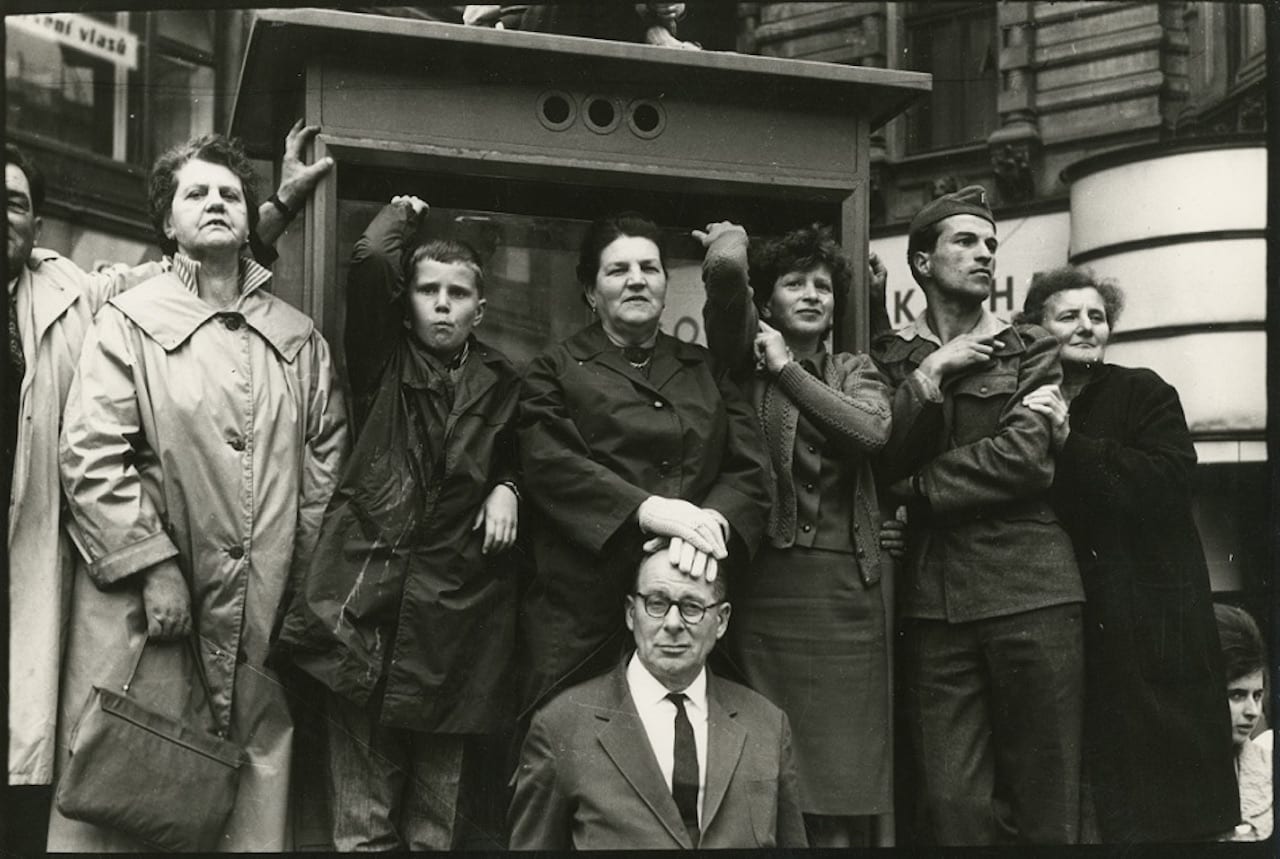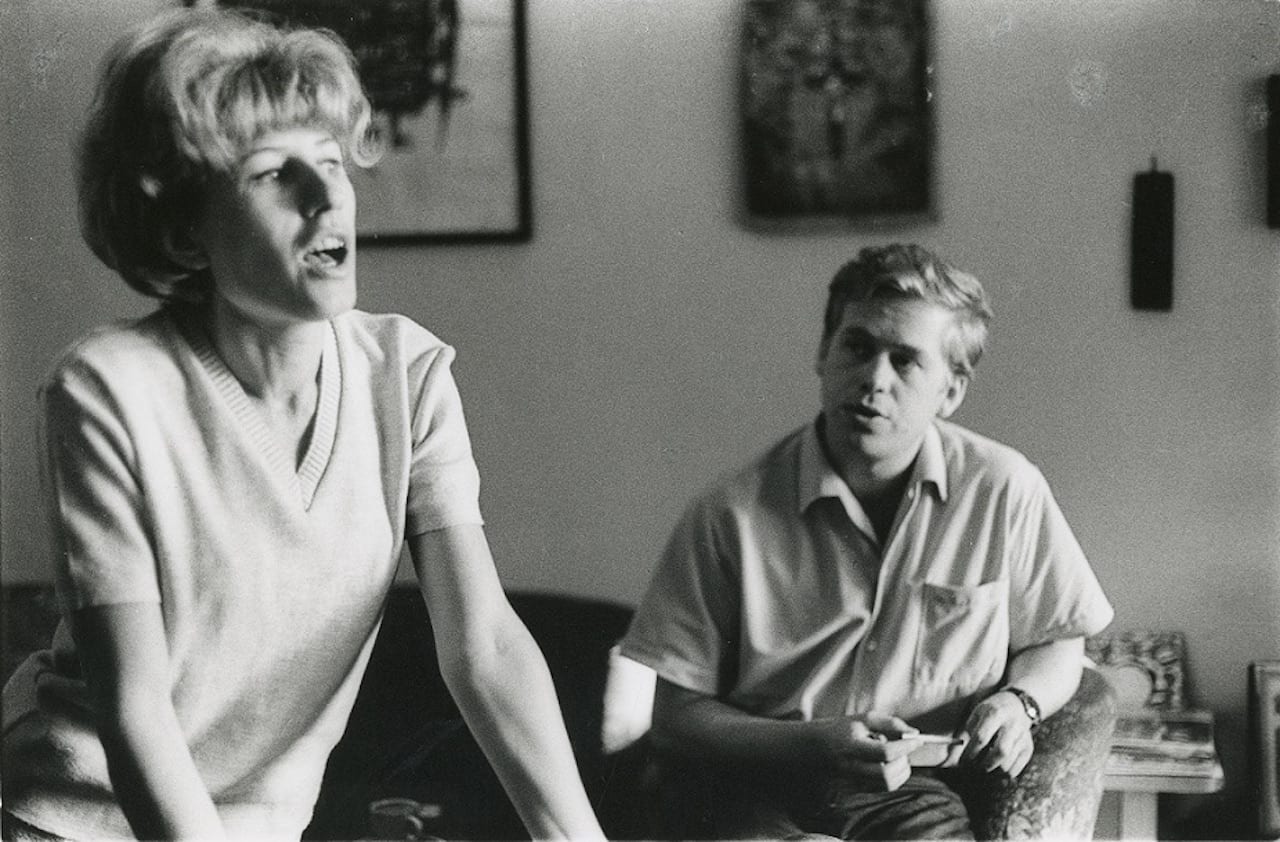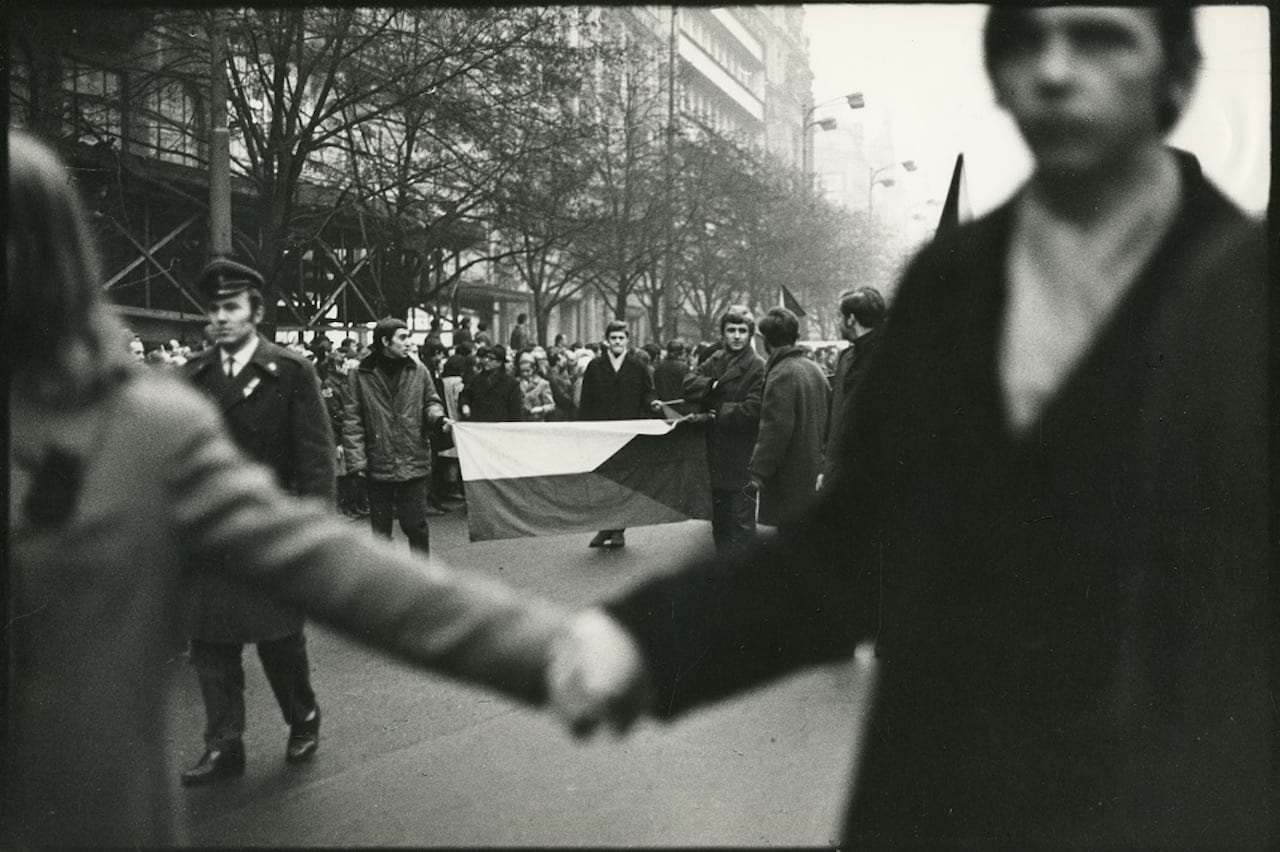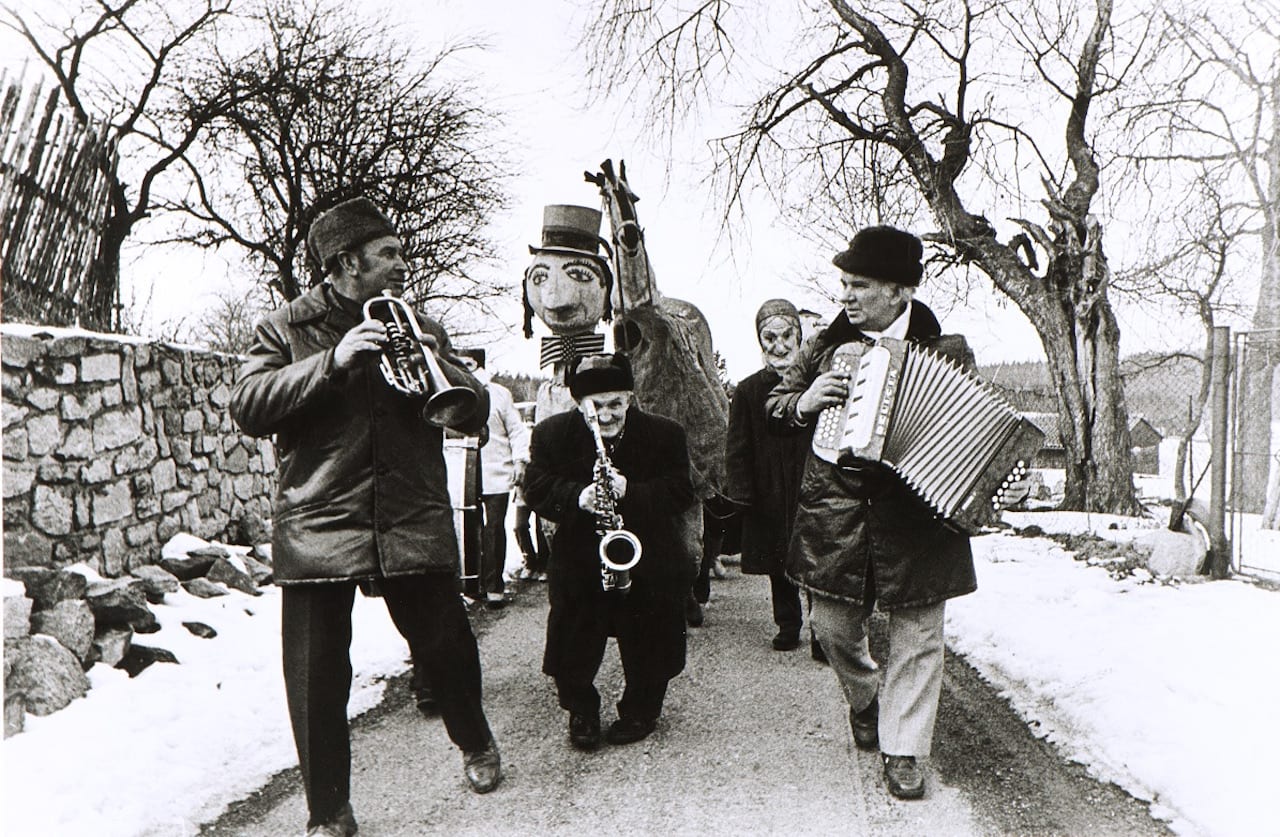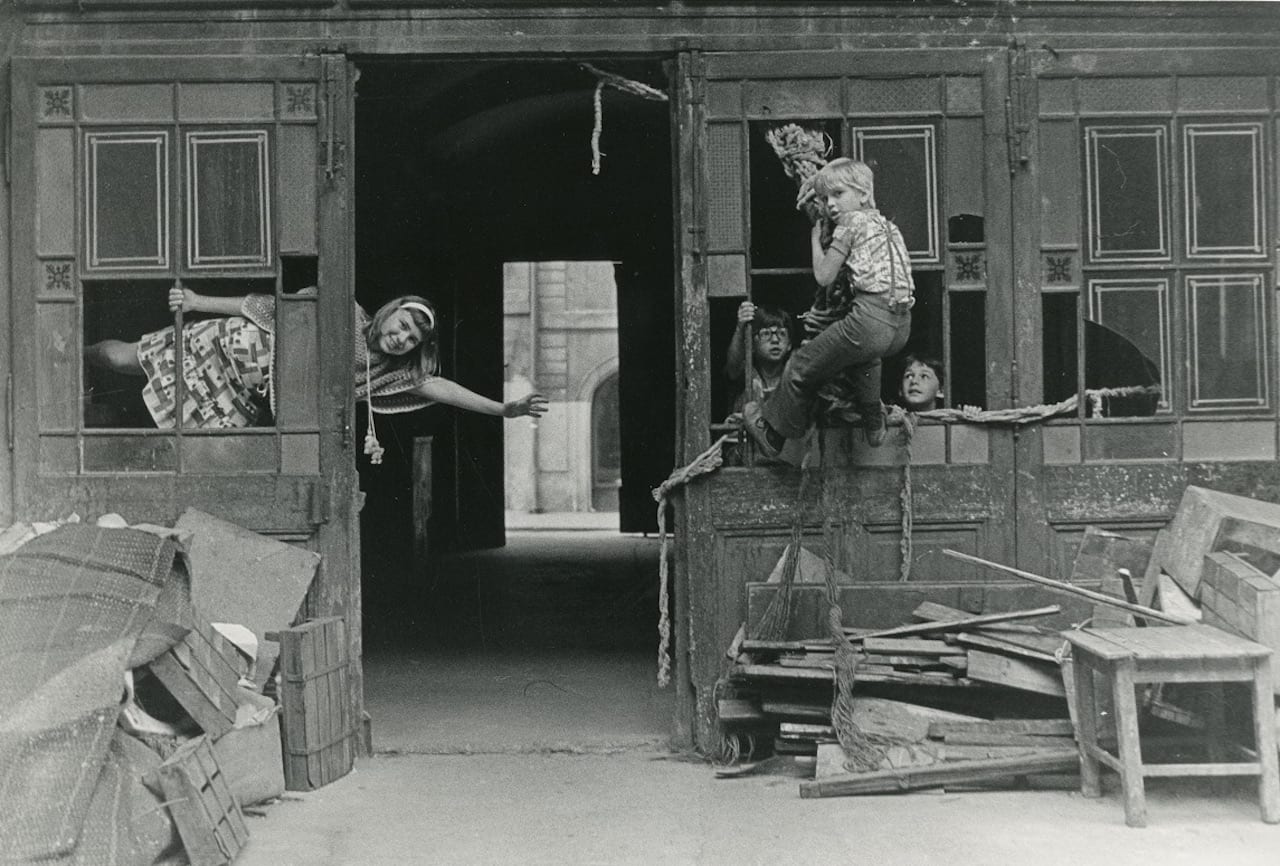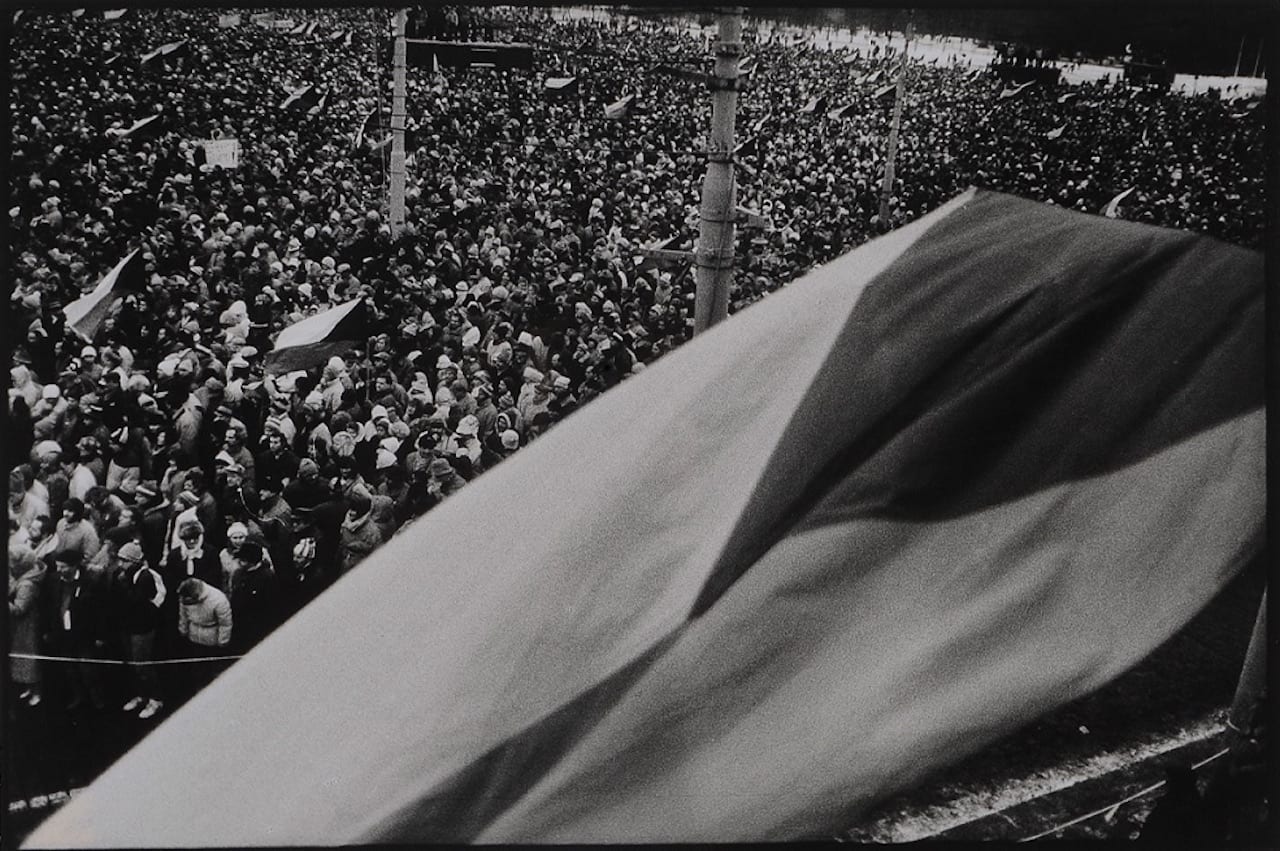“Childhood is my main theme,” said Dagmar Hochova. “During the totalitarian regime it was one area that could be freely explored and this determined that I sought children out. It was a different era; children played on the streets, in the suburbs. One could see them everywhere.”
Little-known in the UK to this day, Hochova was famous back in Soviet-era Czechoslovakia for her photographs of children. In fact her work extended far beyond this topic but, often critical of the communist regime, much of it could not be published or exhibited until after the 1989 Velvet Revolution.
She photographed ostracised intellectuals such as Vaclav Havel and known anti-regime individuals such as seven-time Olympic gold medalist Vera Caslavska, for example; she also shot those who didn’t fall easily into the idealised image of the state – the elderly, the abandoned, war veterans, and the mentally disabled.
She shot politically-charged topics such as the 1968 protests against the Soviet invasion and the run up to the peaceful revolution in 1989, as well as the consequences of economic failures. She also took an absurdist look at mass rituals under communism, such as the May Day Parades.
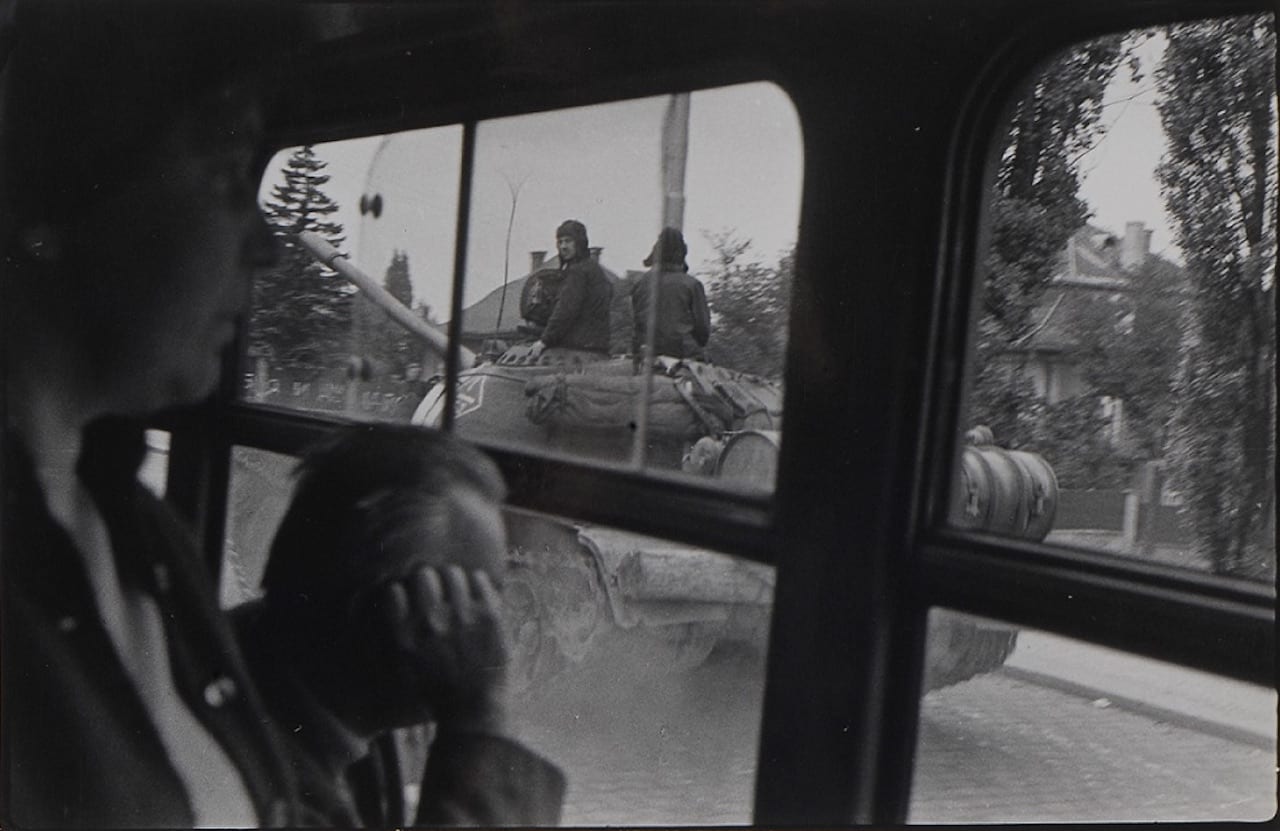
Born in 1926, Hochova studied photography in Prague under the avant-garde artist Jaromir Funke, then freelanced for Czech newspapers and magazines. Working on series such as St Matthew’s Fair, Children, Pairs, Holidays and Celebrations from the 1950s on, she had to wait 30 years to publish many of the images; she was awarded the Medal of Merit for outstanding contribution to the arts in 2000. Hochova died in 2012.
Now the Czech Centre in London has organised the first UK exhibition of her work, curated by Jiri Patek in collaboration with the Moravian Gallery in Brno, which holds Hochova’s photography archive. Including more than 30 images, the exhibition stretches from the 1950s to the 1980s.
“The photographs taken by Dagmar Hochova show that documentary photography does not have to lean towards voyeurism or feed on the ugliness of the world,” says Patek. “A kind and detached perspective does not deprive photographs of their ability to communicate.”
The Power of Sympathy: The Photography of Dagmar Hochova is on show from 20-29 June at 12 Star Gallery, Europe House, 32 Smith Square, London SW1P 3EU https://london.czechcentres.cz/
